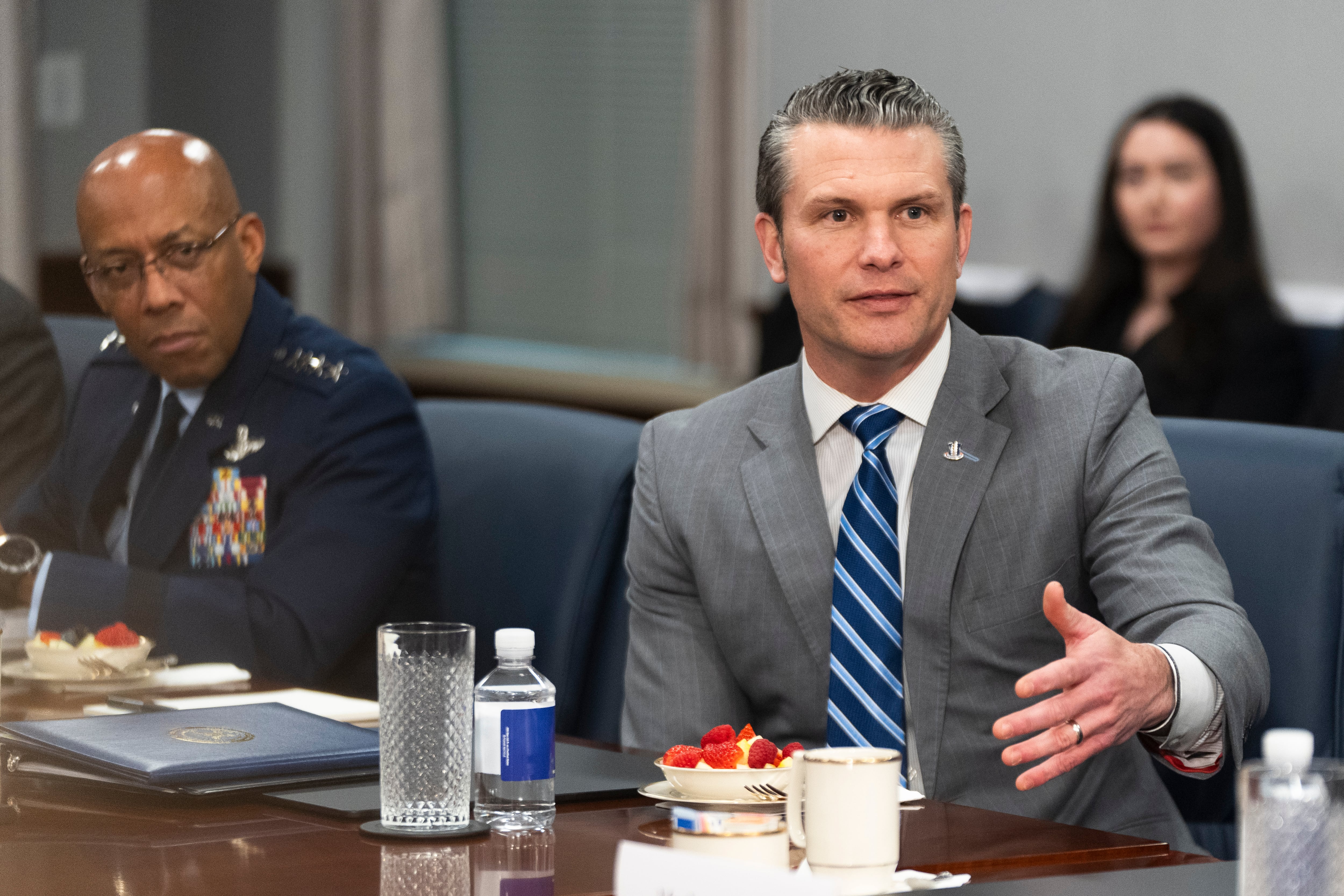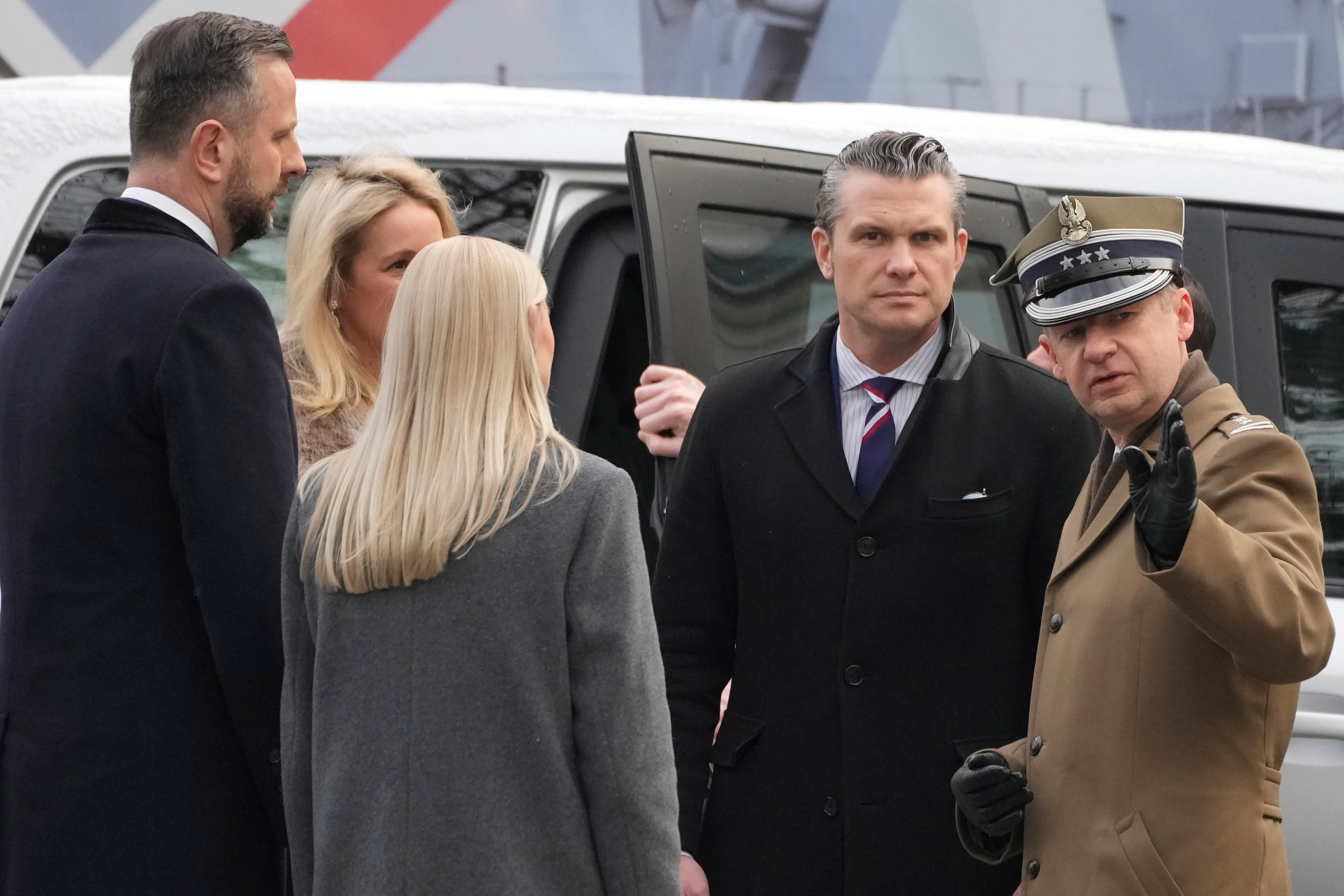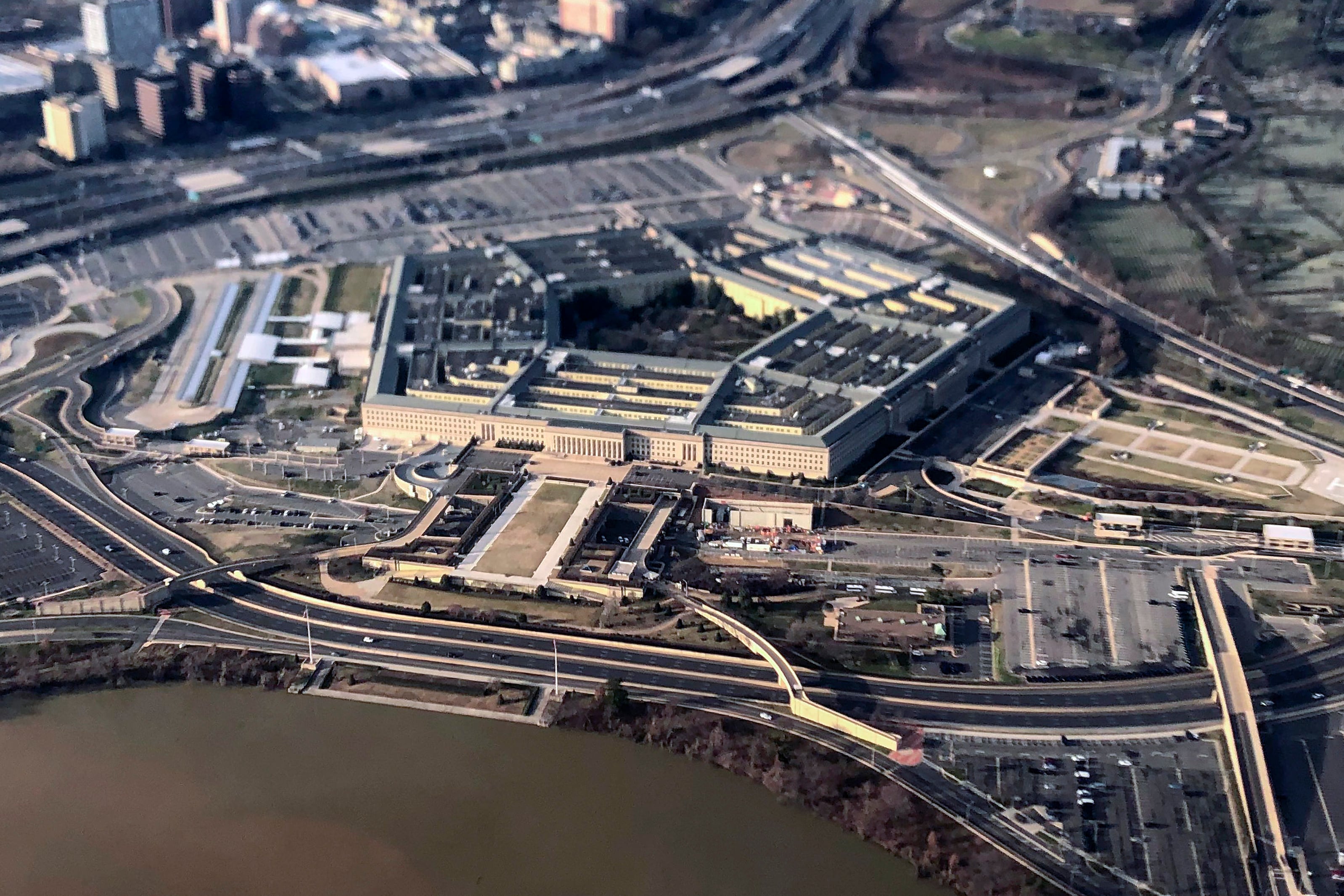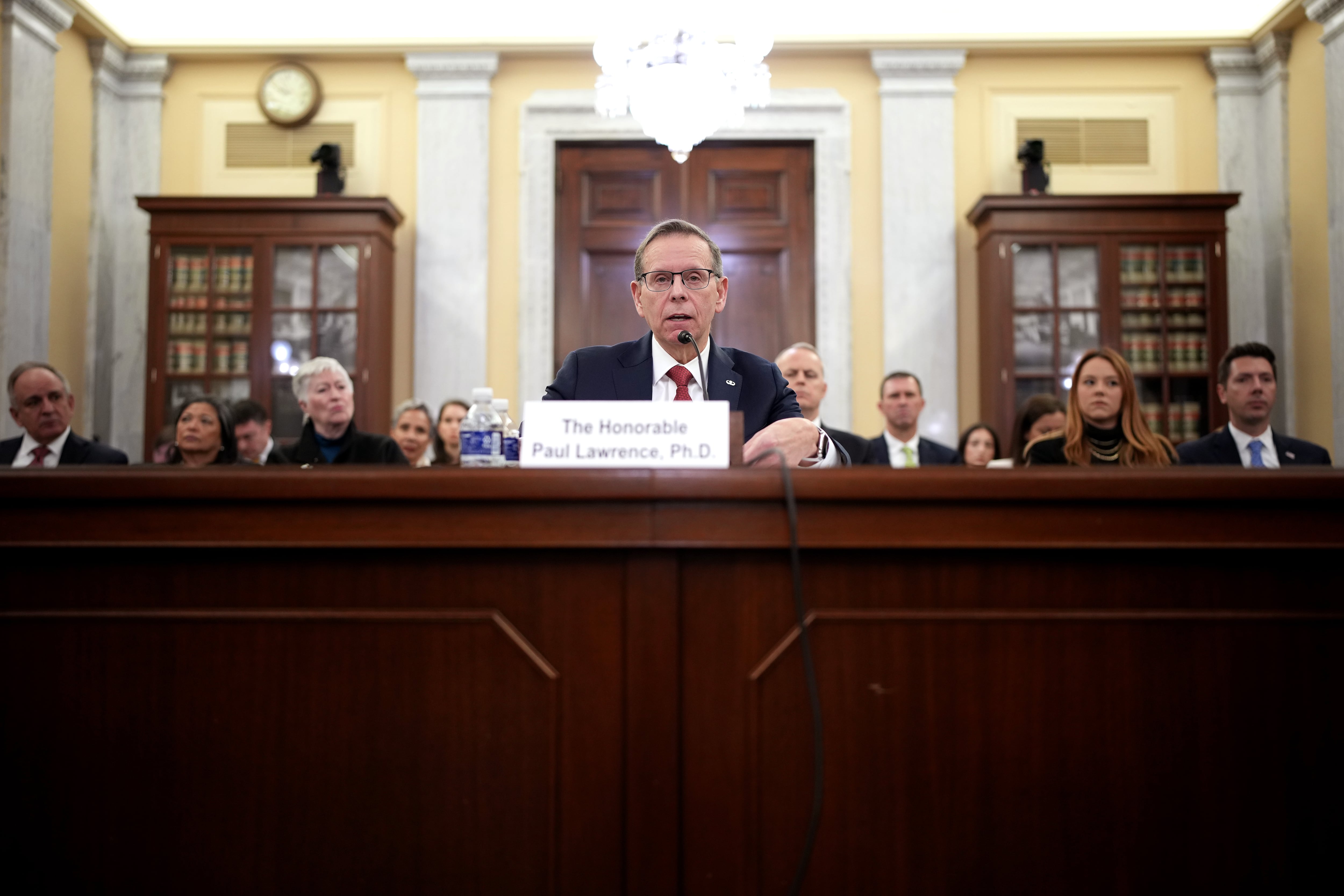MINOT AIR FORCE BASE, N.D. — The nation’s nuclear deterrent posture will remain triad-based, Defense Secretary Jim Mattis said Thursday in his strongest support to date of the vast modernization spending underway to develop next-generation nuclear submarines, bombers and ground-based nuclear missiles.
“I questioned the triad, and I cannot solve the deterrent problem reducing it from a triad,” Mattis said to reporters traveling with him. “If I want to send the most compelling message, I have been persuaded that the triad and its framework is the right way to go.”
Mattis was at Minot to talk to the missileers and bomber crews here to identify what readiness issues they are facing and what they think should be addressed as part of the Pentagon’s nuclear posture review. The review, directed by President Donald Trump in January, is assessing each element of the triad to see what needs to change to keep U.S. deterrent capabilities ahead of emerging threats.
RELATED
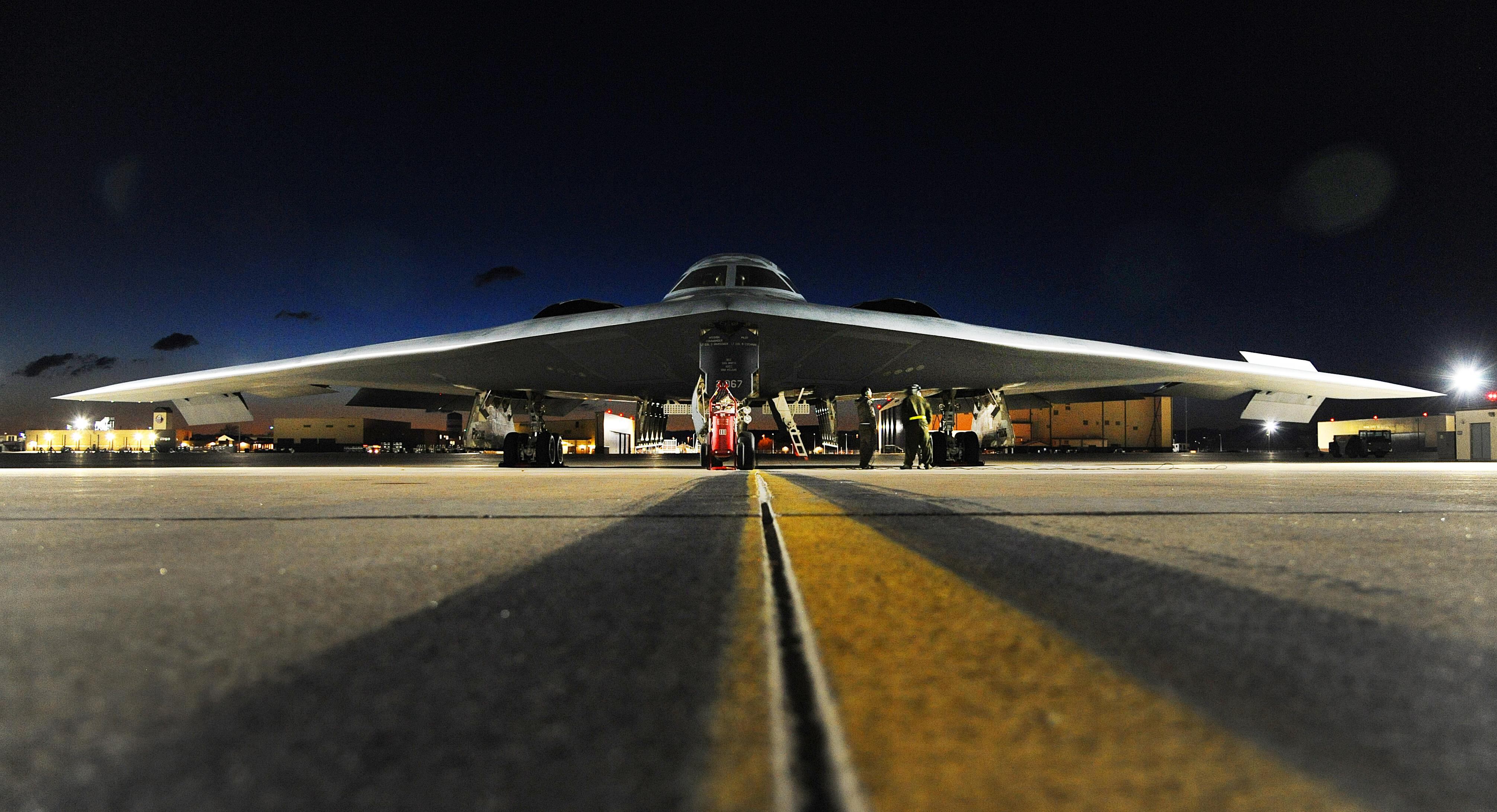
Mattis said the review is not being conducted with any particular adversary in mind but to “face unpredictable circumstances in the future.”
The secretary’s visit occurs just days after North Korea conducted its sixth nuclear test this year. The test was by far its largest to date; Mattis said the yield of the most recent bomb was more than 100 kilotons, based on DoD’s assessment of it.
“It‘s a large one,” Mattis said. He declined to say whether it was a hydrogen bomb, as has been reported, but said “we have a pretty good idea of what happened.”
RELATED
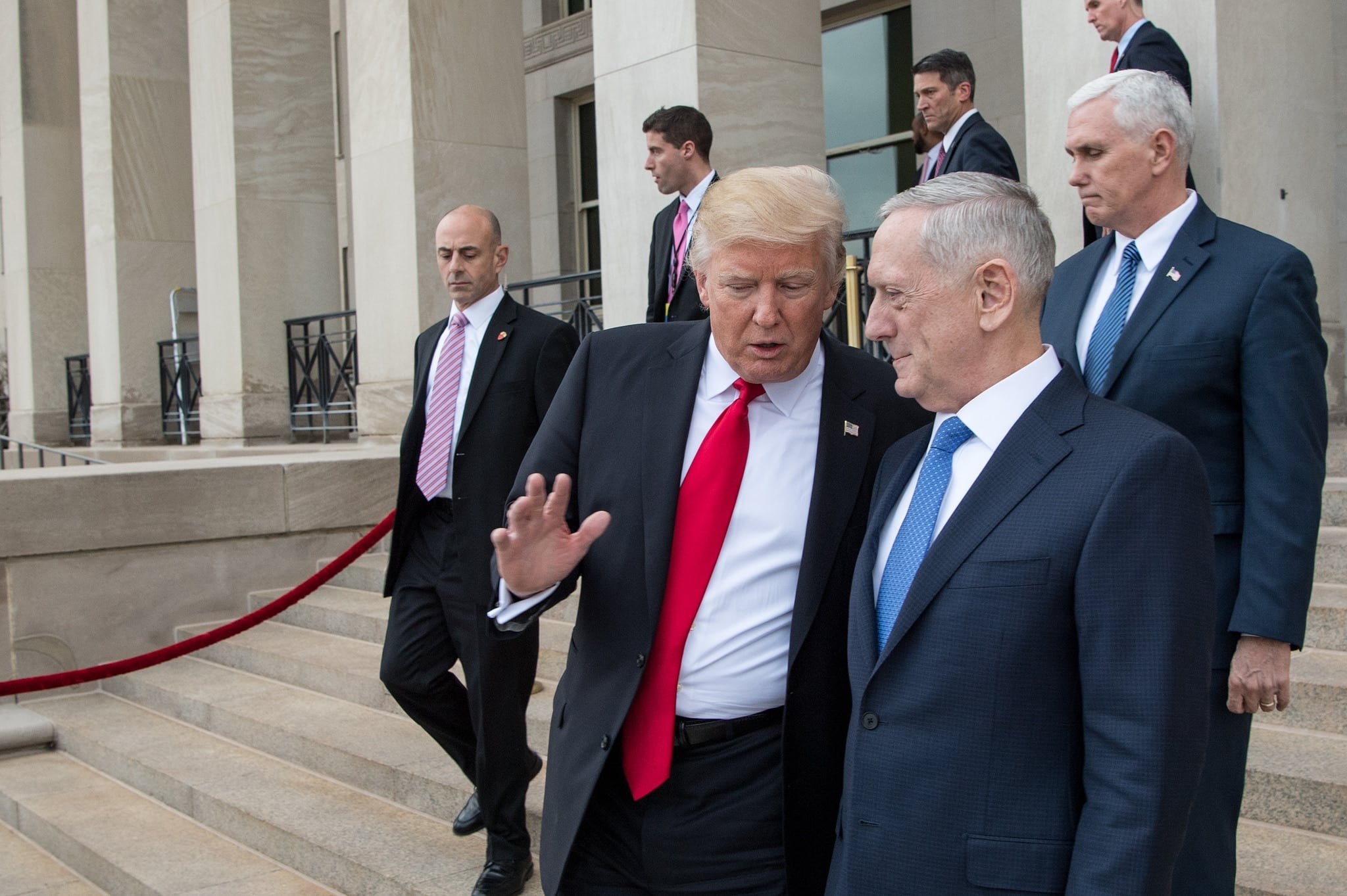
North Korea’s aggressive testing of nuclear weapons and multiple missile launches this year have shown that nation may now be capable of reaching the U.S. mainland and reinvigorated the debate about the need to modernize the U.S. nuclear arsenal.
Over the last decade, the military has deferred modernization to the nuclear triad due to the need to prioritize operations in Iraq and Afghanistan.
The missiles at Minot, for example, are kept in silos in vast fields around the base where underground not much has changed since they were constructed in the 1960s. It was just in the most recent defense bill the Air Force got funds to replace the Vietnam-era UH-1 Huey helicopters that guarded the fields.
RELATED

In the last few years Congress has passed initial rounds of funding for each of the major elements of the triad: the $60 billion Ohio-class ballistic missile submarine replacement program, the 100 new B-21 Raider next-generation stealth bombers and the potential Minuteman III replacement.
Mattis would not say whether each of the new systems proposed would remain part of the triad. How many of each, and which systems, will be decided as part of the review, he said.
The Congressional Budget Office has estimated that the total cost of overhauling the nation’s nuclear bombers, submarines and missiles will be about $400 billion through the year 2026.
“There’s a way to do cost savings within even a triad,” Mattis said. “I’m looking at each element very critically. Nothing is going to just be, ‘Well we approved the air-delivered weapons.’ I want to look at each one. I want to look at each part of the submarines. I want to look at each part of the ICBM force.”
Decisions must still be made on the type of weapons that make up the triad and how many of each, Mattis said. For example, the Air Force is moving forward with an initial round of funding for the long-range standoff weapon, but that funding was “to maintain that weapon as an option,” Mattis said. “That is not a decision yet. That will come out in the nuclear posture review.”
Mattis is convinced, however, of the need for the Ohio-class ballistic missile replacement program.
“The maritime part of the triad is the most survivable,” Mattis said. “So I think that’s the answer, if you see what I mean. You know, absolutely we will maintain it.”
The review is expected to be completed early next year; Mattis said that he would not give a date but said the review is on schedule.
That review will also consider whether the U.S. would possibly further reduce its ICBM stockpile beneath the 1,500 it maintains.
“We’ll look at the amount we need to maintain the deterrent capability,” Mattis said.
Minot houses both the land- and air-based portions of the nuclear triad, both of which require upgrades to remain viable, the Air Force has said previously.
The 91st Missile Wing manages more than 100 of the nation’s 400 Minuteman III nuclear intercontinental ballistic missiles — which are now almost 50 years old apiece. Minot also houses the 5th Bomb Wing, the nuclear-capable B-52 strategic bombers that together with B-2 stealth bombers at Whiteman Air Force Base, Missouri, make up the air component of the U.S. nuclear triad.
Tara Copp is a Pentagon correspondent for the Associated Press. She was previously Pentagon bureau chief for Sightline Media Group.

